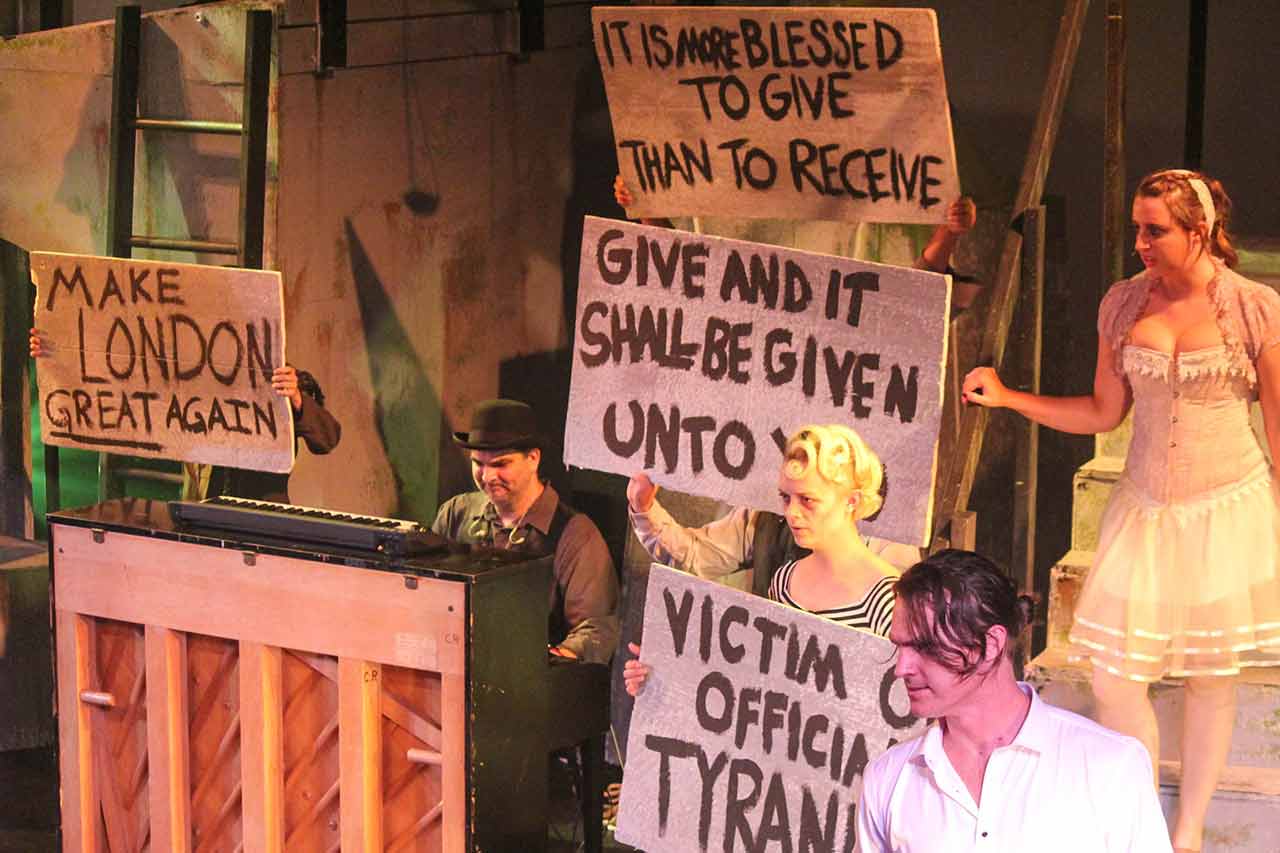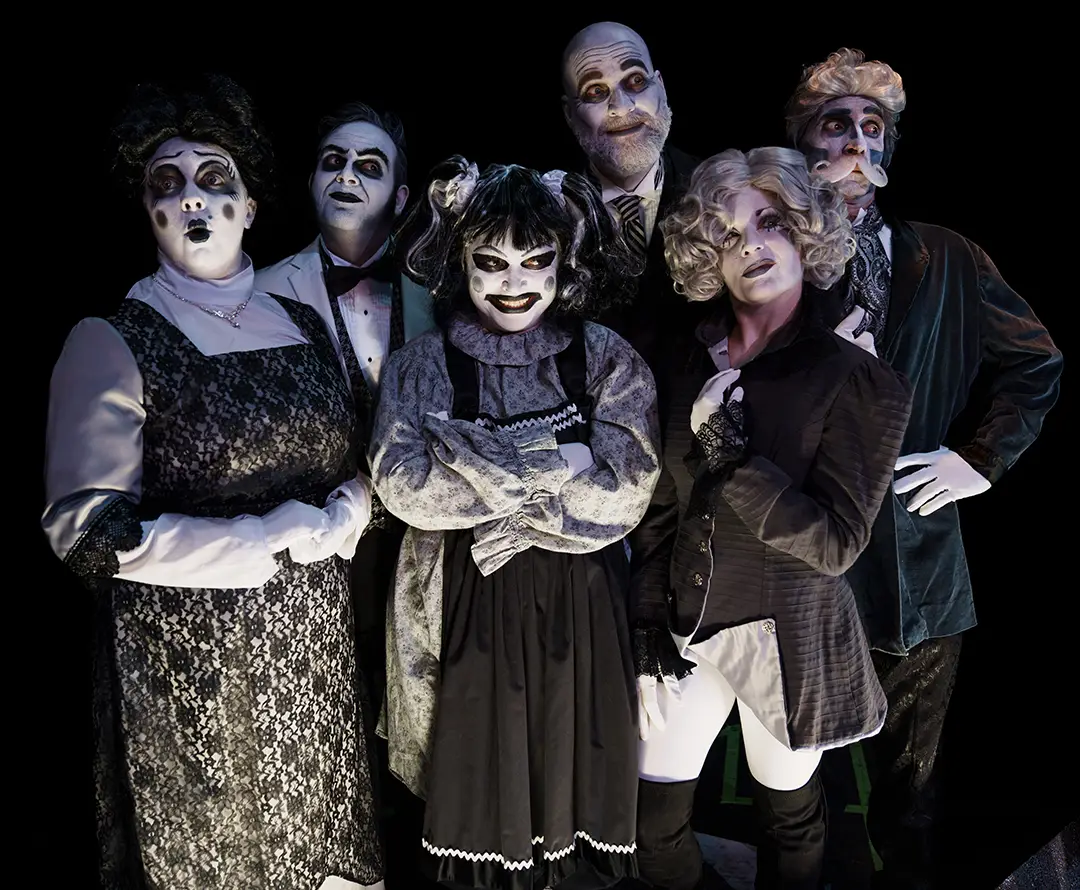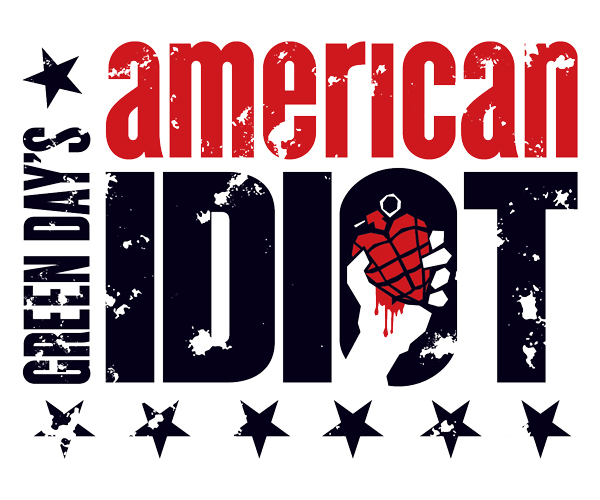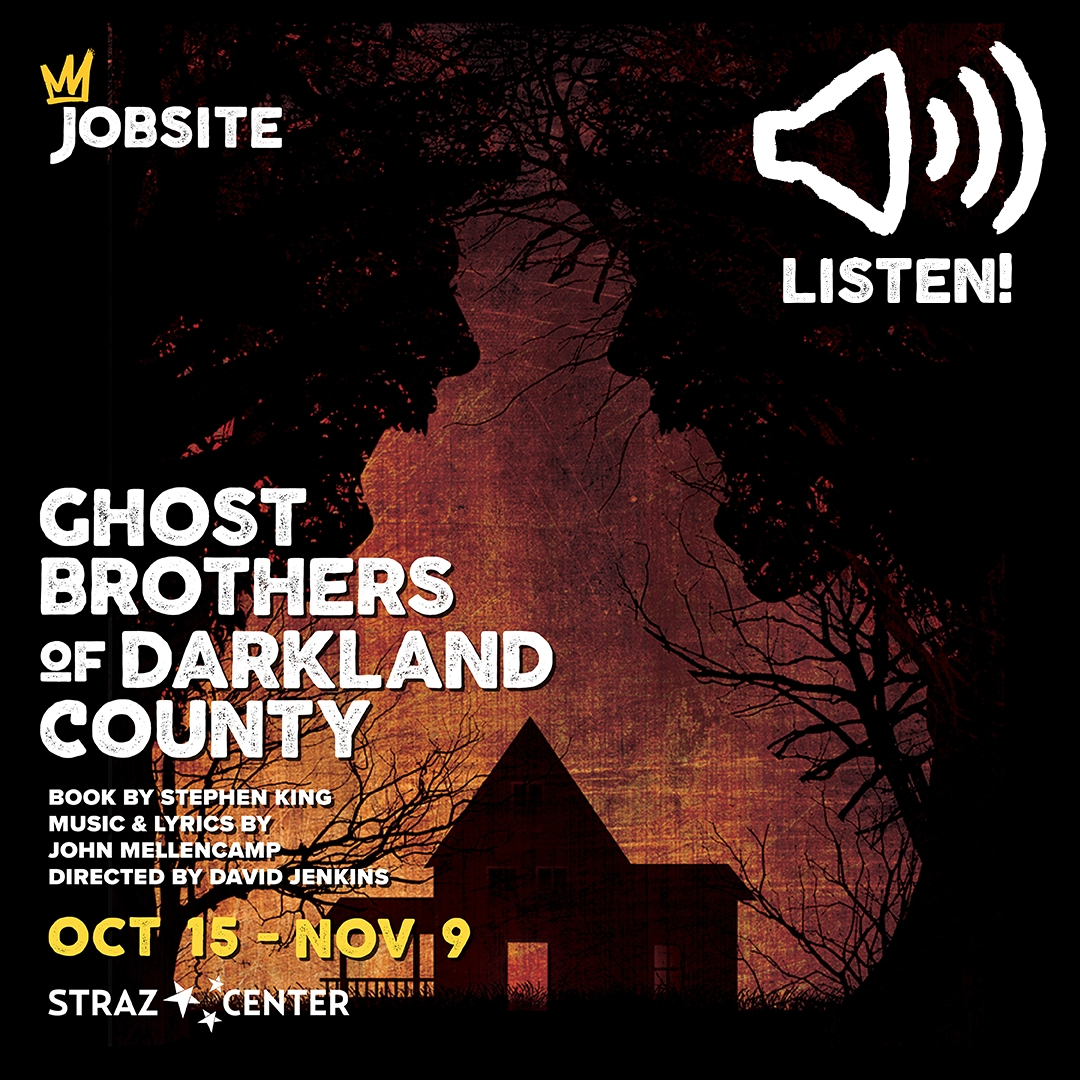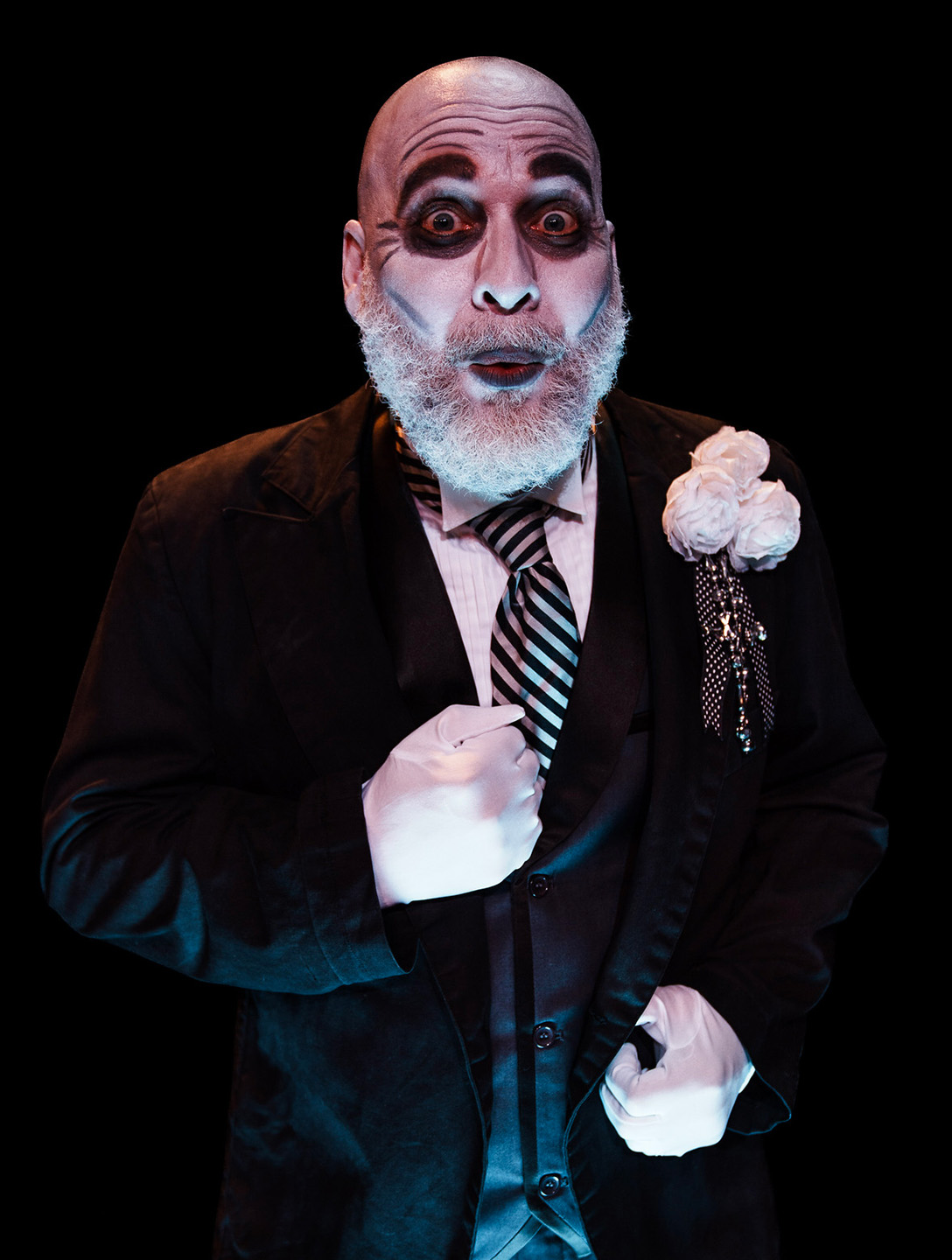Here is the first part of the paper I wrote on my plans for this production of The Taming of the Shrew for my Sexuality and Communication PhD seminar at USF. If anyone is genuinely interested in reading more, let me know and I will be happy to keep posting it up here in pieces, or just email you a pdf of the whole thing. This paper is still in-process. After the production closes I intend on taking another pass at it, adding sections for “results” and final reflections, and then it will be sent off for publication consideration.
Introduction
I believe it is important to take on serious subjects through humor while not diminishing the importance of what’s at stake. Comedy is perhaps the most powerful form of performance in regard to its efficiency at gaining cultural access to otherwise impenetrable topics, as may be evidenced in the copious amounts of satire and humor today in just about every medium of our popular culture. This summer I will direct a production of Shakespeare’s contested comedy The Taming of the Shrew, and it is imperative to me that this production avoid reinforcing old ideologies and that it instead serve as a site for dialogue (between artists, among an audience, between artists and audience) and to offer representations of equality within male-female relationships. For this to occur successfully it will be critical that I remain reflexively aware of my own male privilege during the process, to allow myself to work not only “vulnerably” (Behar 1996) but “in anguish.” (Bar-On 1991) I will strive to work in an egalitarian, collaborative capacity and actively look for the spaces in the margins, in silences, and in the ambiguous to tell a story that is relevant, progressive and entertaining.
This paper charts a course of action for an interpretation of The Taming of the Shrew, often considered to be a misogynistic play that reifies patriarchal gender norms, that disrupts and subverts norms of male-female relationships. My intention is that by play’s end we find ourselves in a position of mutuality, particularly in the relationship between Kate and Petruchio. This proposed transformation will be accomplished through edits, staging, the collaborative process, and through community engagement.
Greater than just this case study, I argue that not enough work is generated from the position of theorist-practitioner engaged professionally with artists and a community. Scholarship in this area tends to come from many disciplinary positions, and yet I have not located serious scholarship that bridges these gaps and works from a first-person, how-to position. I believe that scholarship would be greatly enriched if we had more studies that move from theoretical and conceptual beginnings through a final analysis of impact on the community that performance is capable of. I hope that this study proves valuable for those in a similar position and is the beginning of a new way of approaching performance scholarship.
History and Background
What follows in this section is a basic plot synopsis, what influenced Shrew’s plot, how it in turn influenced later work, as well a few notes regarding Shakespeare’s comedies as related to this project.
The main plot of Shrew centers on a brash bachelor arriving in Padua to “wive it wealthily” (I.ii.72) (Shakespeare 1972) who quickly meets his match in a feisty firebrand whom he attempts to “tame” for profit. Shrew was not only wildly popular in its day, but has since inspired stage variations such as The Taming of a Shrew, The Tamer Tamed, A Woman Killed With Kindness, and Kate and Petruchio. (Belsey 1985; Evans 1985; Thompson 2001; Werner 2001) It has also inspired modern adaptations for stage and screen including the Cole Porter musical Kiss Me, Kate, the high school-based film adaptation 10 Things I Hate About You, and the award-winning adaptation from an episode of the 1980s TV series Moonlighting. The origin of the story can be traced from Suppositi by Ludovico Ariosto back through various commedia dell’arte scenari from the 1500s all the way back to the ancient plays of Plautus and Terrence, where Shakespeare often turned for inspiration.
Shakespeare is arguably the most influential and produced playwright in the world, and his comedies as a block remain the most popular of his work. Marianne Novy suggests in Love’s Argument that Shakespeare’s comedies symbolically resolve the conflicts between patriarchy and mutuality as well as emotion and control. In the case of Shrew the patriarchy and control is clear in Baptista’s insistence that his younger daughter Bianca not marry until the indomitable Kate has taken a husband, in the lack of agency Kate has in regards to an arranged marriage, and finally how she is treated by Petruchio (while simultaneously abandoned by her father) after it. Novy suggests that issues of patriarchy are typically resolvable in any of Shakespeare’s comedies, even the problematic ones, where it is always possible to come to an ending that stresses mutuality. However, when only using the text for Shrew it appears to be the exception to this claim. (Novy 1984)
From a certain feminist perspective, Shakespeare’s comedies never have “happy endings” in that they re-affirm traditional gender roles. These scripts in performance may however be used to momentarily unfix those same systems and examine the gaps and contradictions which may potentially create new meanings. (Belsey 1985) Lorraine Helms claims the comedies are the best site for subversion in Shakespeare due to portions of text that can serve to privilege a gendered character in our current world where that same opportunity did not likely exist in another era. (Helms 1990; Helms 1994) With Shakespeare’s comedies being so open-door in nature, they may serve as a strong site for a sort of Derridean deconstruction that can appear on one hand a harmless celebration of the play, but may also serve as a subversive political reaction. (Evans 1985)
Shrew’s play-within-a-play performance style is heavily rooted in the Italian tradition of commedia dell’arte – a broad, often bawdy physical style that was a popular form of entertainment across Europe in the 1500s. We may easily draw the parallels between Shakespeare’s characters and the commedia stocks that would have been familiar to an Elizabethan audience. Petruchio mirrors the braggart Capitano, his friend Hortensio is in the style the pedant Dottore, young lovers Bianca and Lucentio represent the Innamorata, Gremio the lecherous old Pantalone.
Kate does not not initially appear to us as faithful a stock as the others, but is still identifiable in the servant stock Soubrette. Soubrette is described as “fresh and frisky,” enjoying gameplay and having “free” morals, an incredible wit and who often functions as a counterpoint to the servant clown Arrlechino. Soubrette is always smarter than those around her and is typically responsible for saving the day in a given scenari, even if she isn’t credited for it. (Ducharte 1966)
My point here is to show that the “battle” between Kate and Petruchio was one that the Elizabethan audience “knew” culturally through the stocks employed. These archetypes are still recognizable and used today, turn on any sitcom and we will find them, a testament to their strength. We may even argue that the character stock that comes closest to what we find in the character of Kate suggests that she was intended to be much more than just a powerless object for us to laugh through her domestication.
What follows is a review of the present literature on the play which covers the inherent ideology, the issue of meaning-making in Shakespeare, and subverting Shakespearean text.



